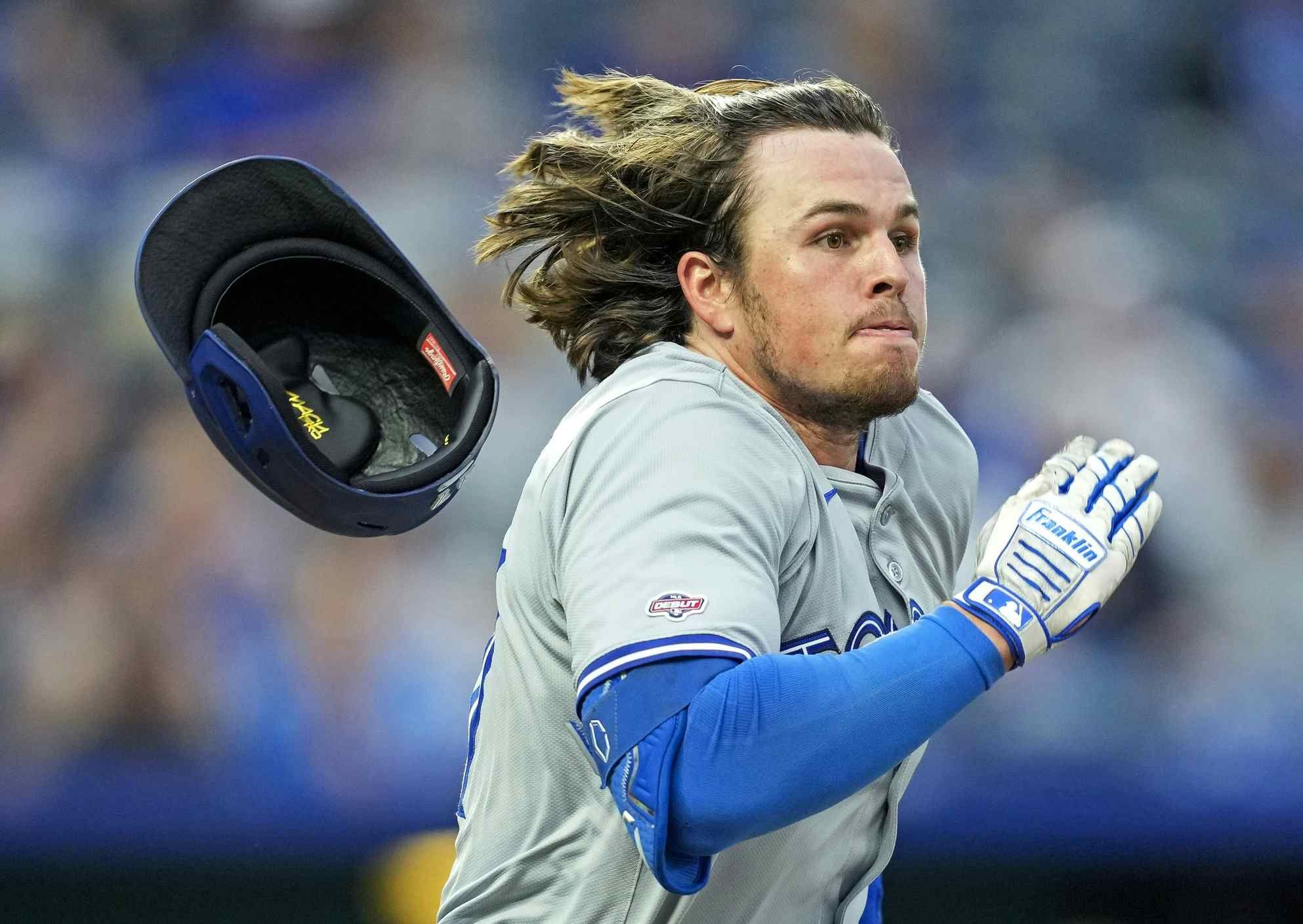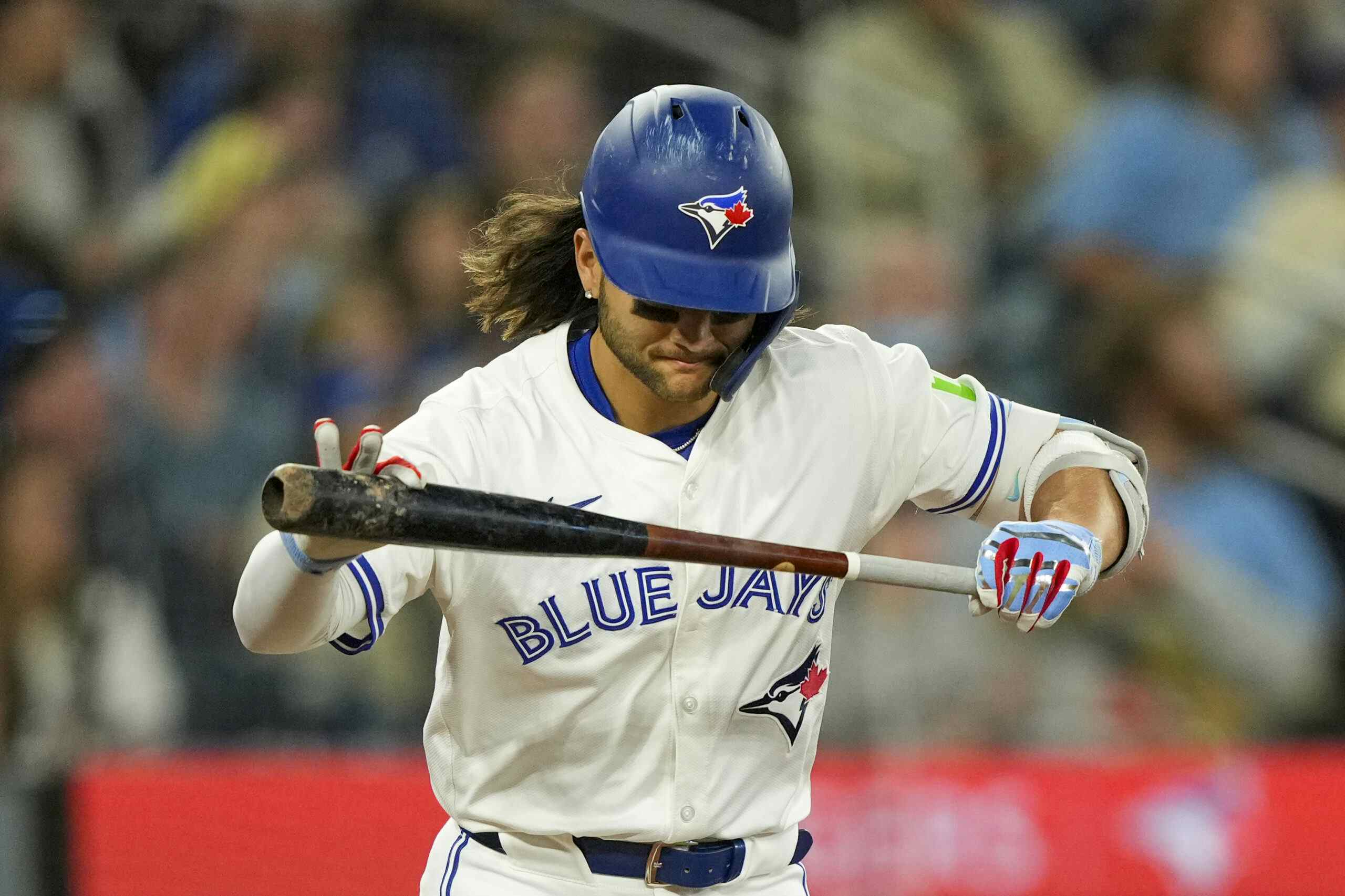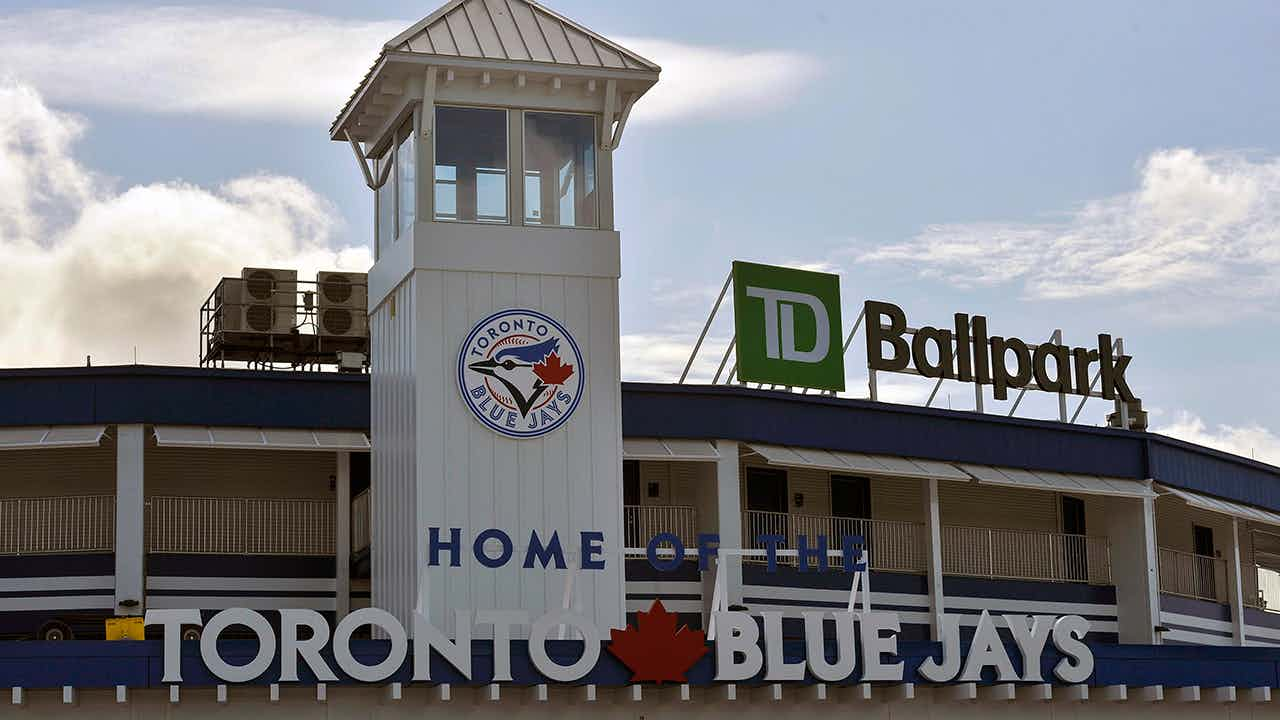Blue Jays Mailbag: Making Sense of MLB’s Unusual and Messy Offseason

Pitchers and catchers report in about a week, and yet there’s still a whole lot of baseball’s offseason left to go. Plenty of free agents are still out there to be signed. Trades are still very much possibilities, too. There could be fireworks in the coming days, as the market finally seems to be coming unstuck.
What does that mean for the Toronto Blue Jays? What might they still be able to accomplish? How best can they set themselves up for success in 2018 and beyond? And how did MLB get here in the first place?
These questions and more are on the minds of Jays fans right now, meaning they’re precisely the sorts of things we’ll be tackling as we open up this week’s edition of the ol’ mailbag—so let’s get to it!
And remember, if you have a Blue Jays question you’d like me to tackle for the next mailbag, be sure to send it to stoeten@gmail.com. As always, I have not read any of Griff’s answers.
Should salaries be based on past performance or projections? It seems like front offices love projections when declining to pay proven veterans for their track record, but conveniently ignore them when choosing to underpay young talent because of small sample sizes.
Medium Talent
This really is the question of the moment, isn’t it? Though it must first be stated that front offices aren’t “choosing” to underpay young talent at all.
There are economic levers baked into the collective bargaining agreement between the league and the players—meaning that both the players and the owners have signed off on them—that artificially suppress the amount of money teams have to pay players in the early years of their big league careers. Not only are there now strict limits on the amounts that clubs can spend on their pools of draft picks and international amateur free agent signings, but players don’t have any leverage to get paid more than the league minimum until they can take part in the arbitration process. And to do that they must first have three years of big league service (though a few players each year who have between two and three years of service, known as “Super Twos,” will also become arbitration eligible). Arbitration itself is a method to suppress salaries, which are so tightly bound and guided by precedents that it’s extremely difficult for players to extract more money from the system. For example, Roberto Osuna, after a picture perfect start to his big league career (95 saves, 6.1 WAR in 207.2 innings, 240 strikeouts, a career 2.86 ERA) not only was unable to break Jonathan Papelbon’s 2009 record for first-time-eligible relievers ($6.25 million), he wasn’t even able to win his case; last week he lost to the Jays, having asked for $5.8 million, with the club arguing for $5.3 million. But at least arbitration is a start. And by the time a player gets near the end of the process, they’re sometimes even able to get paid at something close to a market rate, like Josh Donaldson making $23 million in 2018, for example…
Recent articles from Andrew Stoeten





